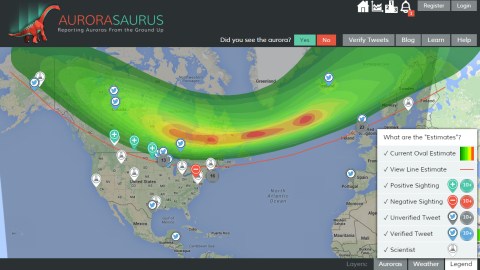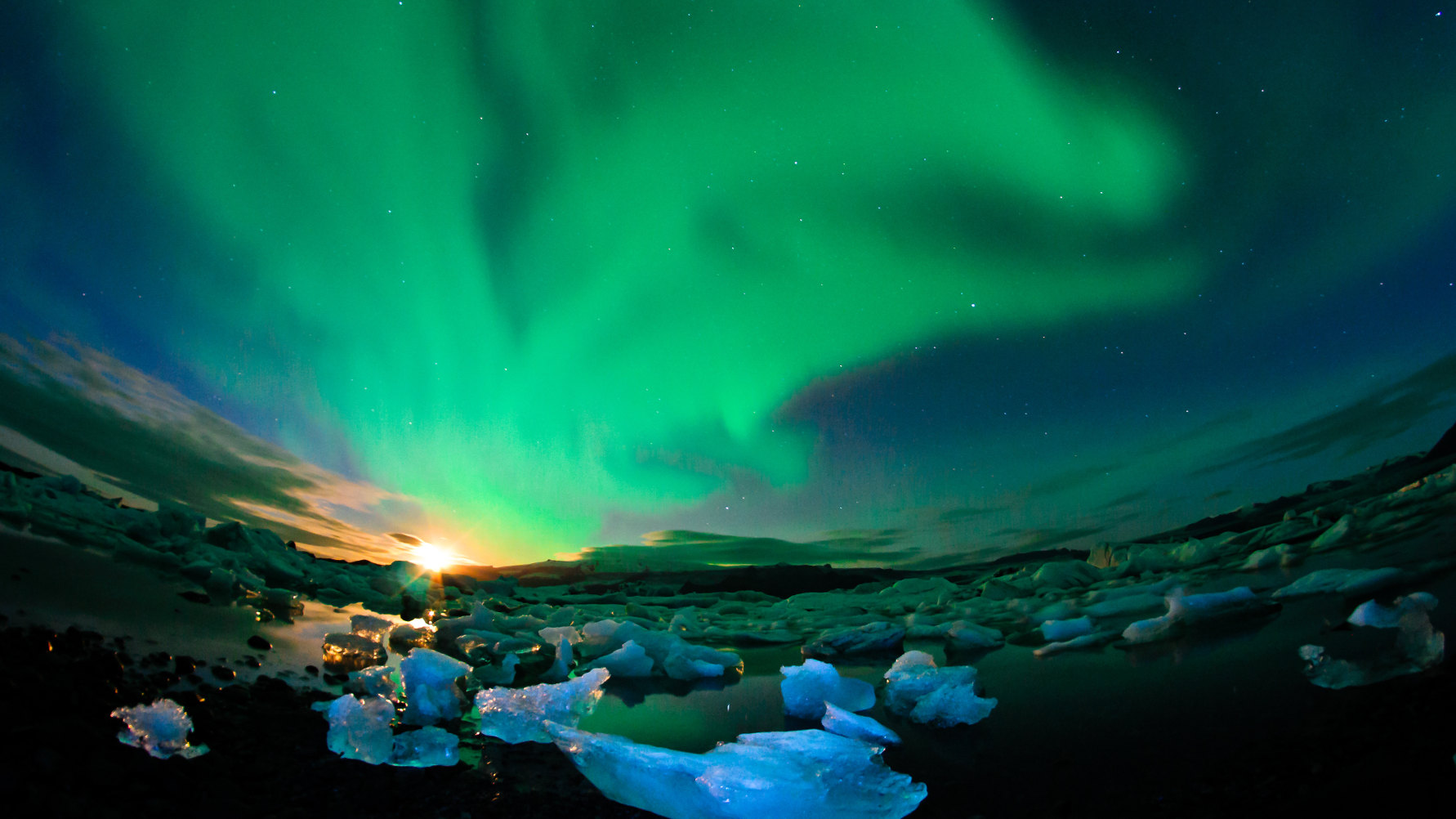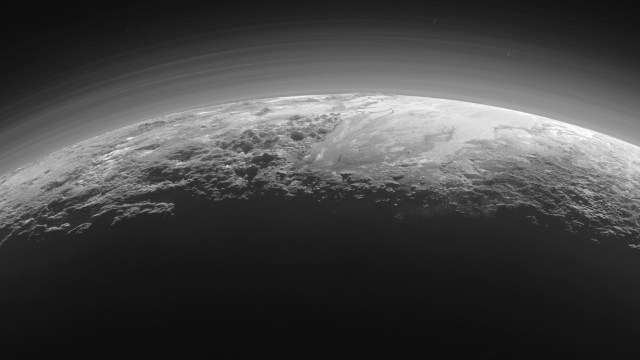You May Have Helped Contribute to This Scientific Study

If you’ve ever tweeted a photo of an aurora, you may have helped contribute to this scientific study.
Auroras are beautiful features of geomagnetic storms, but these storms can cause damage to human systems resulting in power outages and knocking out satellites. One in 1989 melted transformers, causing the lights to go out in Quebec, leaving 6 million people in the dark.
Dr. Michio Kaku, a theoretical physicist, talks about the kind of devastation we could expect from an event larger than the one in 1989 — one akin to the Carrington Event, which occurred in 1859.
These storms are caused by disruptions in the Earth’s magnetosphere from solar wind. So, the ability to forecast these events is important to maintaining our communication systems. In order to do this scientists need data to track where and when they appear.
Any normal person with a smartphone would take a picture of an aurora and post it on social media. This universal truth in this internet age led Elizabeth MacDonald and Nathan Case to found the Aurorasaurus website. Since scientists can’t be everywhere at all times to spot these auroras, they rely us to be the data collectors.

The two credited the citizens of the internet in their recent study.
“Without the citizen science observations, Aurorasaurus wouldn’t have been able to improve our models of where people can see the aurora,” said Case, a senior research associate at Lancaster University, United Kingdom. “The team is very thankful for our community’s dedication and are excited to have more people sign up.”
Social media platforms have allowed us to expand our fabric of knowledge and to become the interns of great scientists. Through it researchers MacDonald and Case were able to study recordings by citizen scientists “during March and April 2015 using the Aurorasaurus platform and cover one large geomagnetic storm and several smaller events.”
“The short term vision for Aurorasaurus is to become an interactive hub for aurora enthusiasts at the intersection of citizens and science,” said MacDonald, a researcher at NASA’s Goddard Space Flight Center. “Long term, this engaged community can be sustained and evolve together — and the tools can be expanded to be useful in other disciplines within our technological society.”
The internet has allowed us to connect to one another and share knowledge in such a way that it’s changing the field of science. Science is no long a field for the educated and elite, we can all observe and report to help further our studies of this world and others.
***
Photo Credit: Aurorasaurus
Natalie has been writing professionally for about 6 years. After graduating from Ithaca College with a degree in Feature Writing, she snagged a job at PCMag.com where she had the opportunity to review all the latest consumer gadgets. Since then she has become a writer for hire, freelancing for various websites. In her spare time, you may find her riding her motorcycle, reading YA novels, hiking, or playing video games. Follow her on Twitter: @nat_schumaker





